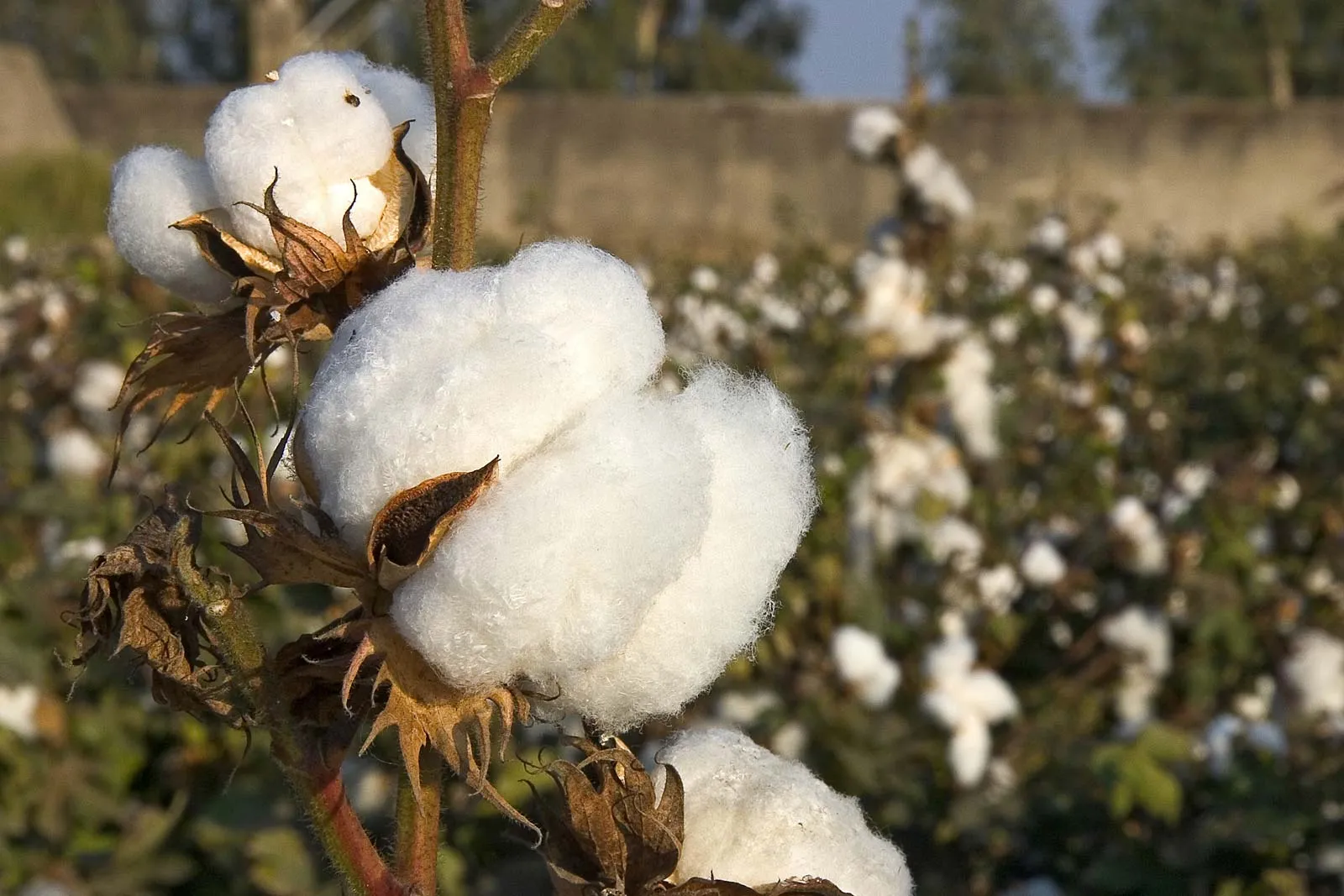Monday, 27 October 2025

Maharashtra’s cotton economy is experiencing a rare moment of both price stability and income resilience, driven by a combination of insurance payouts under the Pradhan Mantri Fasal Bima Yojana (PMFBY) and expanded government procurement.
Over the past five years, cotton farmers in the State have received Rs 3,653 crore in insurance claims under PMFBY, a scheme designed to shield cultivators from climate-induced fluctuations and crop loss. The support has been particularly critical in Vidarbha, a region long associated with drought stress, erratic monsoons, and volatile market prices. For many farmers, these payouts have functioned as a guaranteed recovery buffer—preventing indebtedness from escalating into distress.
The scale of insurance relief has grown notably in recent years. In 2020, farmers received Rs 55.26 crore in PMFBY claims, but as climate pressures intensified and reporting systems strengthened, payouts rose sharply to Rs 441.10 crore in 2021 and Rs 456.84 crore in 2022.
The surge continued in 2023, with claims crossing Rs 1,941.09 crore—reflecting both wider enrolment and severe weather disruptions that hit flowering and boll development cycles. In 2024, farmers received Rs 758.95 crore, affirming that the scheme remains a stabilizing instrument in the State’s agricultural income architecture.
At the same time, production in Maharashtra has strengthened. The State produced 92.32 lakh bales of cotton in 2024–25, up from 80.45 lakh bales the previous year, a reflection of better seed adoption, improved water availability in key tracts, and more effective extension outreach. Yet higher production alone does not guarantee farmer realization; procurement mechanisms ultimately determine market confidence.
On this front, the Cotton Corporation of India (CCI) has played a pivotal counter-cyclical role. To ensure farmers are not forced to sell below the Minimum Support Price (MSP), CCI opened 128 procurement centres under its Aurangabad and Akola branches across 19 cotton-growing districts. Through 6.27 lakh transactions, CCI procured 144.55 lakh quintals valued at Rs 10,714 crore. Yavatmal saw procurement of 21.39 lakh quintals, while Jalgaon recorded 4.79 lakh quintals—both districts historically exposed to price dips during peak arrivals.
The combined effect of insurance payouts and assured procurement has produced an unusual outcome in cotton markets: farmers in several districts reported increased liquidity during peak harvest months, reduced dependence on informal credit channels, and greater willingness to reinvest in better agronomic practices.
The result is not merely cyclical relief, but a shift toward more stable income expectations. For a sector often shaped by volatility—from weather patterns to global lint prices—Maharashtra’s recent cotton performance signals the potential of policy alignment: when risk mitigation and market support move in tandem, the farm economy responds with resilience rather than vulnerability.
This moment, however, remains sensitive to continuity. Sustaining production gains will require deeper investments in water-use efficiency, seed technology, and integrated pest management, especially as pink bollworm pressure persists and climate variability increases. Likewise, the long-term success of PMFBY depends on timely claim settlement, transparent loss assessment, and continued farmer trust. But for now, Maharashtra’s cotton belt—especially Vidarbha—has received something it has often lacked: a steadying hand at a critical time, and the economic breathing space to plan forward rather than simply survive the season.